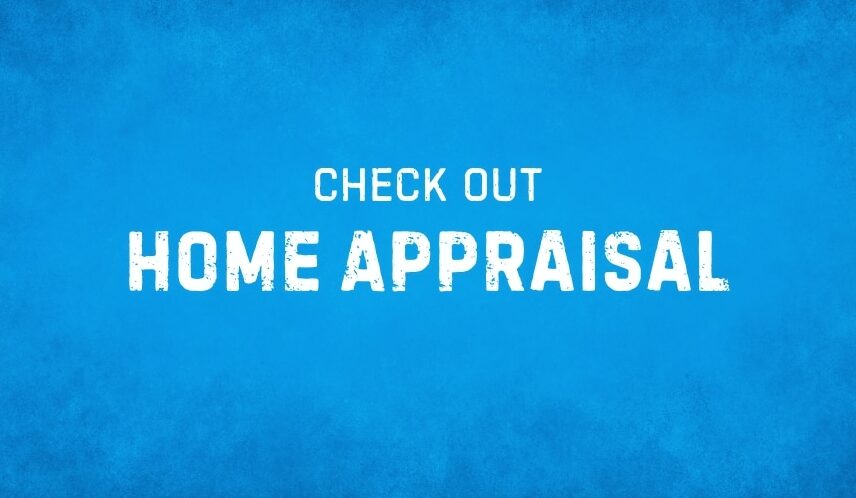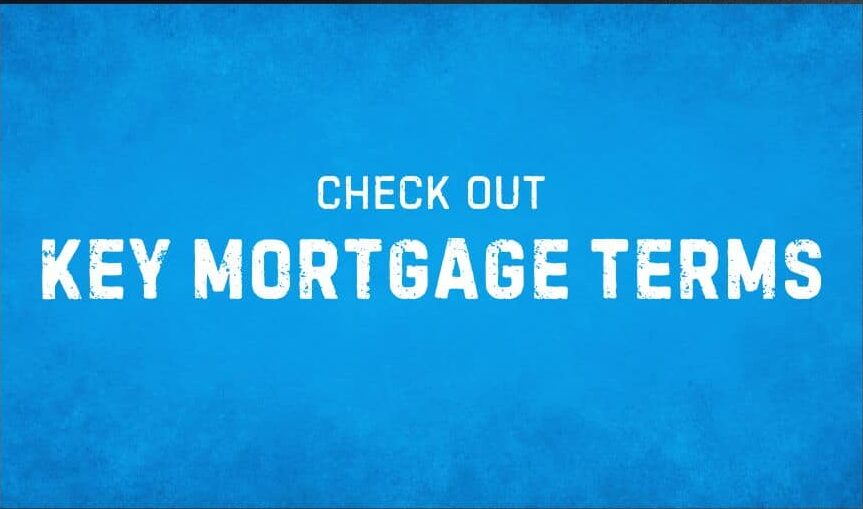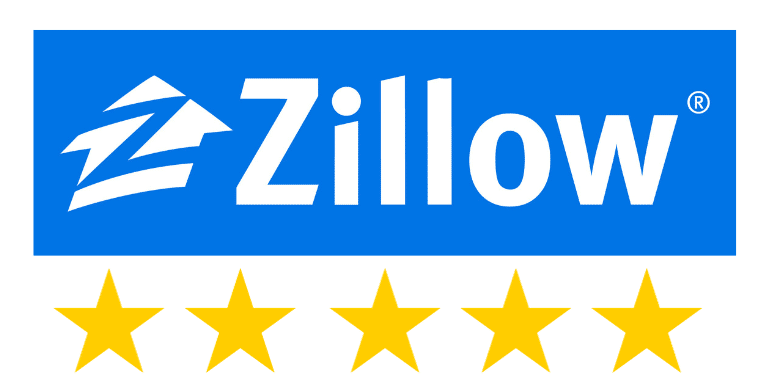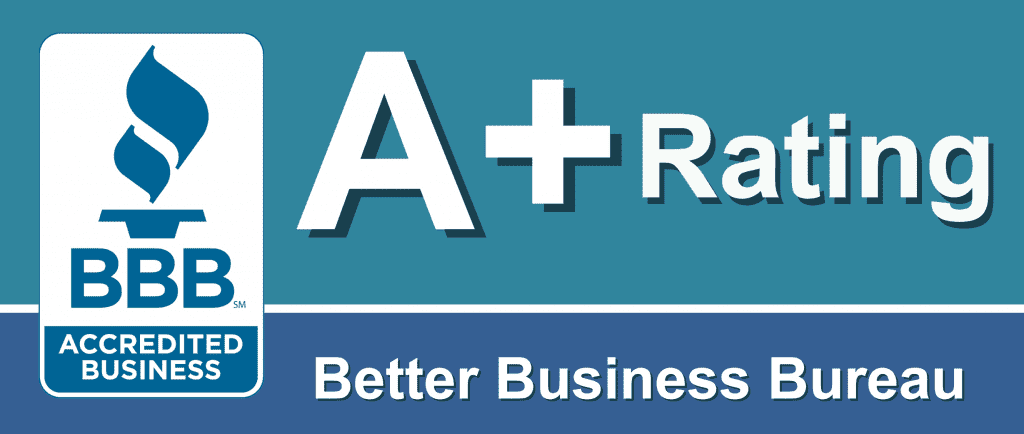
Consumer protection is a key element of the mortgage process. Here you’ll find out which organizations are available to you and how they serve your interest. In addition to that, we’ll discuss how consumer protection plays a role in the mortgage process, and we’ll include descriptions of some of the key disclosures you’ll see when you apply for a mortgage.
Table of Contents
- Consumer Financial Protection Bureau
- Nationwide Mortgage Licensing System
- California Department of Real Estate
- Housing And Urban Development
- Consumer Protection and the Mortgage Process
- Important Mortgage Disclosures
- The Three Day Waiting Period For Refinances
- Before You Do An Appraisal
- Verifications To Protect The Consumer and Lender
- Why Consumer Protection Is Important To Homeowners And Lenders
Consumer Financial Protection Bureau
The Consumer Financial Protection Bureau (aka the CFPB) started just after the 2008 financial crisis. Its main purpose is to protect Americans from fraud and educate them on various financial transactions (such as obtaining a new mortgage) to ensure they are well-informed.
The CFPB has protected almost 30 million Americans from financial scams (and counting).
Prior to the formation of the CFPB, there were seven different federal agencies that oversaw consumer financial issues. Consumers were confused, and regulations were not exactly clear. In 2010 the CFPB was created under the Dodd-Frank Wall Street Reform and Consumer Protection Act.
When it comes to the mortgage process, the CFPB plays a vital role. Not only ensuring consumers are protected from fraudulent lenders but also providing a wealth of information to consumers to enable them to make smart decisions.
Nationwide Mortgage Licensing System
Simply put, the Nationwide Mortgage Licensing System (NMLS) is a record keeper and a coordinator between states. Furthermore, NMLS allows consumers to look up any licensed Mortgage Loan Originator (MLO) and see their work and license history.
The NMLS website states,
“The goal of NMLS is to employ the benefits of local, state-based financial services regulation on a nationwide platform that provides for improved coordination and information sharing among regulators, increased efficiencies for industry, and enhanced consumer protection.” (source: NMLS)
The role NMLS plays in the mortgage process is both important and necessary. It allows consumers to verify license information, as this was not always available to consumers. In fact, prior to 2008 (the year the NMLS was founded), it was next to impossible. You’ll notice on your Loan Officer’s emails and other forms of communication (ie, a pre-approval letter) his/her NMLS identification number.
Just type in that identifier, and within seconds, you can verify your loan officer’s information.
California Department of Real Estate
Most homeowners in California have heard of the California Department of Real Estate (aka the California DRE), but most homeowners are surprised to hear that the California DRE also regulates (along with real estate agents) Mortgage Loan Originators.
Like the NMLS, the California DRE issues a license number to each person that passes the state’s requirements to operate. And like the NMLS identifier, the California identifier must be included in a loan officer’s communications.
Unlike the NMLS, the California DRE enforces state regulations for MLOs and the companies they work for.
Housing And Urban Development
Housing and Urban Development (also referred to as HUD) was officially established in 1965 to combat poverty. The main focus of HUD is to make sure that all people in urban areas have the same access to affordable housing.
This goal is achieved through various initiatives and policies HUD has established. One such policy is the selling of homes to communities that need affordable housing.
A “HUD Home” is a home that was purchased with a government-backed mortgage (specifically an FHA mortgage) that’s been foreclosed upon.
HUD has auctions that the public can attend however there is one important requirement – if you are going to purchase a HUD home that home must become your primary residence.
HUD plays an important role in the mortgage process. HUD’s Office of Fair Housing and Equal Opportunity (FHEO) works to “end housing discrimination, eliminate housing discrimination, promote economic opportunity, and achieve diverse, inclusive communities”.
HUD leads the nation in the enforcement of federal fair housing policies and laws.
Per their website here are the laws implemented and enforced by FHEO include:
- The Fair Housing Act
- Title VI of the Civil Rights Act of 1964
- Section 109 of the Housing and Community Development Act of 1974
- Section 504 of the Rehabilitation Act of 1973
- Titles II and III of the Americans with Disabilities Act of 1990
- The Architectural Barriers Act of 1968
- The Age Discrimination Act of 1975
- Title IX of the Education Amendments Act of 1972
- Section 3 of the Housing and Urban Development Act of 1968
Some of FHEO’s activities include:
- Investigating fair housing complaints
- Conducting compliance reviews
- Ensuring civil rights in HUD programs
- Managing fair housing grants
(Source: FHEO)
Consumer Protection and the Mortgage Process
Consumer protection is an integral part of the mortgage process. Not every mortgage loan is the same; however, they all follow a general process from beginning to end.
- Application
- Credit report ordered
- Disclosures issued to the consumer
- File submission to underwriting
- An appraisal is ordered – if needed
- Conditional approval from underwriting
- Clearing of prior-to-doc conditions (PTDs)
- Closing Disclosure (CD)
- Final approval
- Loan documents are ready to sign
- Funding
- Recording
It’s a lot of steps…and these are only the main ones! That’s why it’s important to work with a reputable mortgage company and an experienced loan officer to ensure an efficient process. And throughout the mortgage process, steps are taken to protect the consumer.
Three important tips to remember during the mortgage process (when working with a reputable mortgage lender providing conforming and or FHA loans).
- Tip #1: When you sign/date the initial disclosures, it does not mean you are obligated to that loan. Generally speaking, your signature/date is just a confirmation of information and receipt.
- Tip #2: Just because an underwriter issues an approval doesn’t mean it’s guaranteed to close. 99.99% of the time, there are “conditions” for closing that must be met. The fact is that it’s not closed until the loan is funded and recorded with the county, so until then, things might pop up that might prevent the transaction from closing.
- Tip #3: The Loan Estimate and Closing Disclosure are two very important documents that often confuse homeowners. Be sure to engage your loan officer if there are any questions.
Important Mortgage Disclosures
Below is a list of important mortgage disclosures that you will see during the mortgage process.
Loan Estimate
The Loan Estimate is perhaps the most well-known disclosure in the mortgage process. Previous to the Loan Estimate, there was the Good Faith Estimate and the Truth-In-Lending statement. In 2015 the CFPB combined these two disclosures into one and called it the Loan Estimate.
What does the Loan Estimate disclose?
For the most part, it discloses everything that is important to the mortgage you are applying for. Here is just some of the important information provided in the Loan Estimate:
- Interest Rate
- If the rate is locked or not locked
- The term (ie the number of years the loan is based on)
- Your estimated amounts for property taxes and insurance
- The monthly payment
- If you are or are not setting up an impound/escrow account
- Estimated closing costs and prepaid items
- A full breakdown of closing costs and breakdown items
- The APR and long-term cost of the loan
- If the lender will service the loan after closing
As you can see, there is a lot there, which is why the Loan Estimate is a three-page document. A couple of things to keep in mind when reviewing the Loan Estimate.
- It’s an “estimate” and not a final loan document
- If you are thinking the mortgage rate is locked, make sure the proper box is checked (first page, top right)
- Review the disclosure with your loan officer – so important
Reviewing the Loan Estimate with your loan officer is one of the most important things you should do during the mortgage process. On a scale of 1 – 10, it’s a 10.
The reason is simple. Reviewing the Loan Estimate with your loan officer will ensure you are on the same page with him/her, and if you have any questions, the loan officer can answer them. Starting off the mortgage process with unanswered questions is a recipe for disaster.
Notice Of Intent To Proceed
The Notice of Intent To Proceed disclosure is fairly straightforward. The disclosure is required during the mortgage process, and when you sign the document, you are confirming that you wish to move forward with the process of getting approved.
You should only sign this disclosure when you’ve reviewed all of the documents in the initial disclosure package that you receive at the beginning of the mortgage process (lenders usually email them out so you can review them on your computer and sign/date them electronically).
Fair Credit Reporting Act Disclosure
The Fair Credit Reporting Act (FCRA) was established in 1970, and it basically regulates the collection of credit information and the credit reports of consumers. It strives to ensure the “fairness, accuracy, and privacy” of consumers. In the simplest of terms, it ensures that you as a consumer have a right to your credit report, that it must contain accurate information, and your privacy is protected so that not only companies that you approve can access it.
Equal Credit Opportunity Act Disclosure
The Equal Credit Opportunity Act is very straightforward; you can not be discriminated against.
The Equal Credit Opportunity Act [ECOA], 15 U.S.C. 1691 et seq. prohibits creditors from discriminating against credit applicants on the basis of race, color, religion, national origin, sex, marital status, age, because an applicant receives income from a public assistance program, or because an applicant has in good faith exercised any right under the Consumer Credit Protection Act. (source: Department of Justice)
Mortgage lenders can not deny your loan application based on your race, color, religion, national origin, sex, marital status, age, and more.
US Patriot Act Disclosure
After 9/11 the federal government passed a law called the Patriot Act. There’s a lot to the Patriot Act, but it’s fairly straightforward in terms of how it impacts the mortgage process.
The Patriot Act essentially tries to catch terrorists and other criminals trying to launder money. The Patriot Act requires lenders to ensure they are working with the person on the application, and second, lenders are required to source any large deposits listed in asset statements
Per the Financial Crimes Enforcement Network (an actual government agency)
The purpose of the USA PATRIOT Act is to deter and punish terrorist acts in the United States and around the world, to enhance law enforcement investigatory tools, and other purposes, some of which include:
- To strengthen U.S. measures to prevent, detect and prosecute international money laundering and financing of terrorism;
- To subject to special scrutiny foreign jurisdictions, foreign financial institutions, and classes of international transactions or types of accounts that are susceptible to criminal abuse;
- To require all appropriate elements of the financial services industry to report potential money laundering;
- To strengthen measures to prevent use of the U.S. financial system for personal gain by corrupt foreign officials and facilitate repatriation of stolen assets to the citizens of countries to whom such assets belong.
Below is a brief, non-comprehensive overview of the sections of the USA PATRIOT Act that may affect financial institutions. (source: Financial Cimes Enforcement Network)
Privacy Disclosure
When you apply for a mortgage and receive the initial disclosures, you’ll receive several pages related to your privacy. Lenders must disclose how they intend to use your private information and if they will share your information with another company.
The Privacy Disclosure is generally easy to read and self-explanatory. Within the disclosures, you are able to request the lender not share your information with 3rd parties.
Lenders also must take a proactive approach to protect your information.
Closing Disclosure
The Closing Disclosure (CD) is usually the very last disclosure you receive prior to signing loan documents. Usually, the Closing Disclosure signifies the loan application is entering the final stages of the mortgage process.
It’s super important to know the following:
- The initial Closing Disclosure is not your final loan document – it’s just a disclosure.
And just to be clear, I’m referring to the initial Closing Disclosure, not the final Closing Disclosure.
Usually, after the appraisal is in and all conditions have been submitted back to the underwriting team, they will send out the initial Closing Disclosure for you to sign/date.
Once everything is approved and moves to the loan documents department, a final Closing Disclosure is issued. This final Closing Disclosure will be included with the final loan documents you sign to complete the mortgage process.
What’s in the Closing Disclosure?
Everything that’s in the Loan Estimate plus some additional information. While the Loan Estimate and Closing Disclosure have similar information, they are completely different in format.
Do you remember I said it was important to review the Loan Estimate with your Loan Officer? Well, the same applies to the Closing Disclosure.
The Three Day Waiting Period For Refinances
To further protect consumers who are completing a refinance transaction, a three-day waiting period (which starts on the day you sign loan documents) is in place. This ensures consumers have plenty of time to review their new mortgage.
Is it the same on a purchase transaction?
No, it’s not, and it’s not clear why it’s set up that way. A purchase transaction usually has to meet a specific deadline, or the contract could be nullified, so that could be one reason why there is no three-day waiting period.
Before You Do An Appraisal
Mortgage companies like ours are required to provide you with the initial disclosures BEFORE you can pay for an appraisal (more on disclosures below).
That’s important because you don’t want to spend $500+ on appraisal if the loan terms are not satisfactory to you. So the next time you apply for a mortgage, make sure you receive the disclosures first before you provide your credit card information to pay for an appraisal.
Verifications To Protect The Consumer and Lender
When you apply for a mortgage, a lender will take several steps to ensure your information is accurate and your documentation is legitimate.
It’s a federal crime to knowingly submit false information and fraudulent documentation to obtain a mortgage. Honest mistakes and basic errors are not an issue (we’ll go into that further). People are prosecuted every year for trying to obtain a mortgage with false information and fraudulent documentation.
The verification process mortgage lenders take helps protect consumers by ensuring the lender is actively working to prevent people who have stolen identities from obtaining a mortgage. This also protects the lender since they want to avoid funding a loan to someone who is trying to break the law.
Steps Lenders Take
- Mortgage lenders will verify your employment with the employer (and do research on the employer to ensure the employer is legitimate)
- They will verify your income with the documentation you submit, and the IRS
- They’ll verify your identity
- If you are refinancing or buying a primary home, there are several steps lenders take to ensure this
- After closing, files are typically auditor, and lenders go through another round of verifications
Don’t Worry About Honest Mistakes
Most initial loan applications have some basic errors – it’s very common and not an issue with most lenders. Some errors are honest mistakes, and some are not.
Honest mistakes are generally found in the income someone earns on a monthly basis (they put $5,000 when it really turns out to be $4,920), the number of years a person has been with an employer (they put 12 when it was 11), the annual homeowner’s insurance premium, and more.
Self-employed people also usually have the wrong income listed on a mortgage loan application. The reason is that mortgage lenders use different methods for calculating qualifying income depending upon the structure of the business.
These things get corrected in underwriting and are really nothing to worry about.
Issues come up when people put down that they are employed by a certain company when they are not, or the employer is completely made up by the application to make it look like a real company. Those are not honest mistakes.
Another example of someone being dishonest is when a homeowner tries to refinance a rental property as a primary or secondary residence.
Why Consumer Protection Is Important To Homeowners And Lenders
First and foremost – it’s the right thing to do, and it protects the individual consumer. Second, consumer protection is important because it helps create a more stable market for legitimate mortgage lenders. And third, if there were no consumer protection (or very weak consumer protection), mortgage rates would most likely be higher, much higher!
How does consumer protection impact mortgage rates?
If the mortgage industry was filled with fraudulent loans, then large investors who invest in mortgage loans would want to be paid a MUCH higher rate of return. To compensate for that, mortgage rates would have to increase significantly.
Consumer protection is vital to the mortgage process, and ultimately it protects not only consumers but also lenders, and in turn, it helps keep mortgage rates low.
















